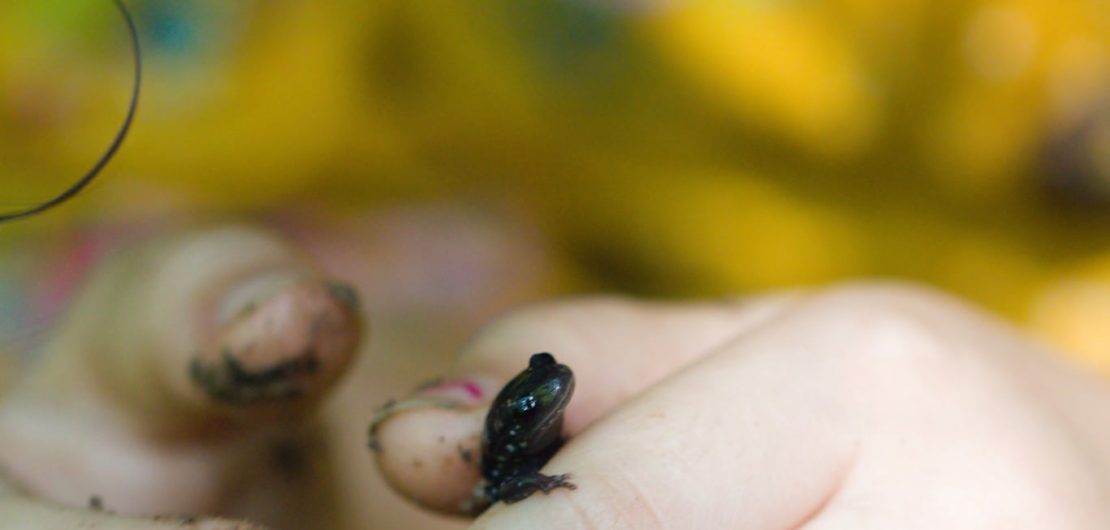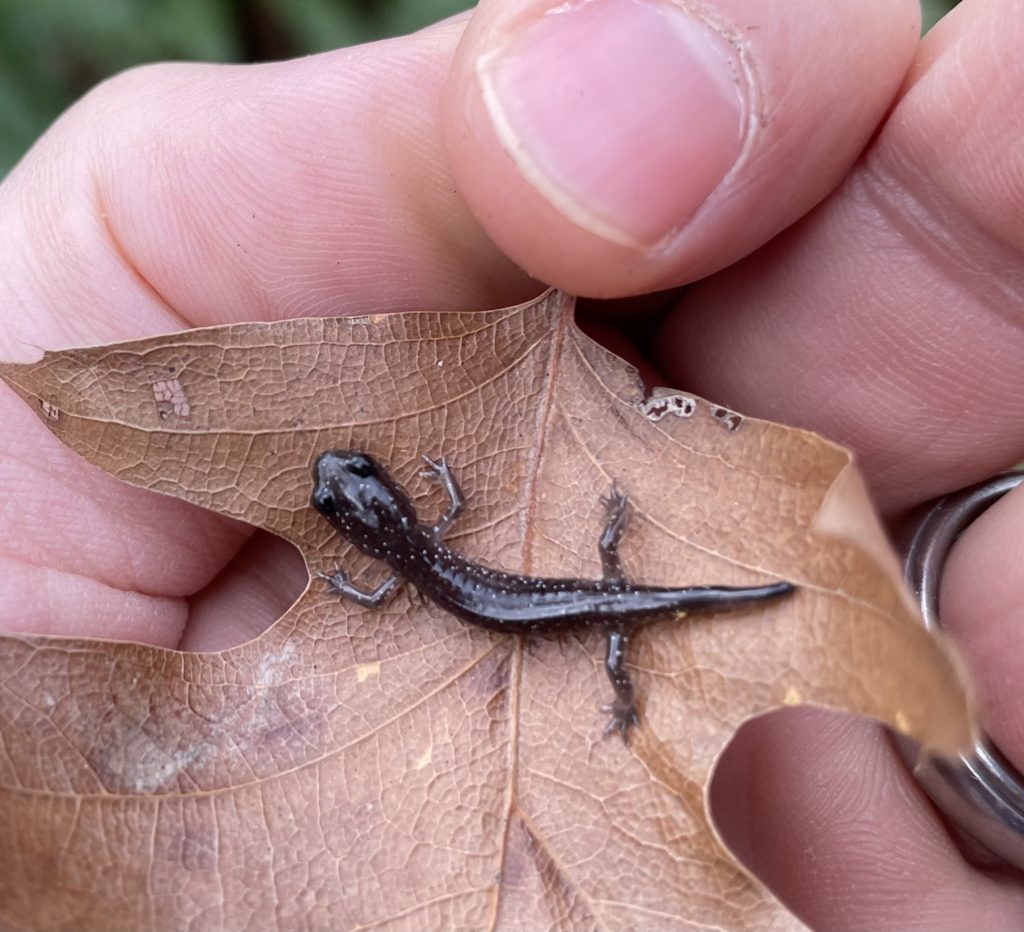
The things we see along the way
The things we learn along the way make our volunteer events that much more fun! Here are some of the things that we’ve seen!

At one of our recent volunteer events, we noticed what we first thought was a peculiar looking ant, but then realized it is in fact a type of longhorn beetle! To learn more, I reached out to Dan Miller, a research entomologist at USDA’s Southern Research Station in Athens, who was kind enough to share some of his knowledge. He informed me that this unique beetle is a part of our native biodiversity – it mimics ants to avoid predation. The adults feed on flowers, leaves and small twigs. The larvae feed on decaying wood. Collectively, this cool beetle positively contributes to the health of the ecosystem at CSNP. This species had not been previously observed at CSNP, so I was sure to add it to our iNaturalist catalog. Its fun the things we can learn simply by spending time outside! links with more info in the comments

While waiting for others to start pulling English ivy, we found this little Slimy Salamander (Plethodon glutinosus) in the leaves. Pretty cute right? Did you know Slimy Salamanders don’t need a body of water to breed? Clyde Shepherd Nature Preserve is an important place for Atlanta’s amphibians.
This video shows the natural fluorescence of a millipede when observed with a UV flashlight. Unlike bioluminescence, fluorescence occurs when a compound “emits” light only after being “excited” by a specific and shorter wavelength. There are many fluorescent compounds in nature, each with specific excitation and emission wavelengths. In some millipedes, the fluorescence has been attributed to “pterins” and “coproporphyrins”, which are compounds found in their cuticle. The functional purpose of fluorescence in millipedes is not well known and not all millipedes are fluorescent. This video was taken using a “UV beast” flashlight which puts out light at 385-395nm.